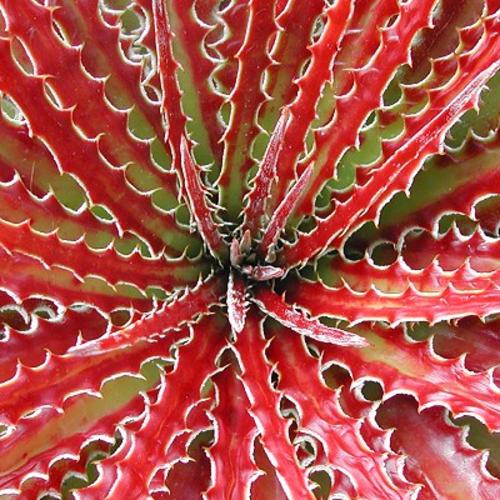Germinating the seeds Seeds germinate well if they are fresh. Use small containers that have drainage holes,
such as
seedling starter trays If you have
long-fibered sphagnum moss Until the seeds sprout, ensure that the surface soil does not dry out. If you enclose the pots in a plastic dome or bag to maintain moisture, leave it open slightly for some fresh air to enter. You may need to drip a few drops of water over them each day or 2. The seeds germinate well between 65-80 degrees
F (18-27°C) during the day (a little cooler at night is ok). I have no
information about how they will sprout outside that temperature range. I
recommend placing a
minimum/maximum thermometer Keep them in bright light out of direct sun the first 2 months. A bright LED or fluorescent bulb kept 4 inches (10 cm) away provides the right amount of light (See: "Growing indoors with LED lights"). Many of the seeds should sprout within 4 weeks, but may take up 8 weeks to start. Continue keeping the surface soil moist until the seedlings have their second set of leaves - then you may let the surface dry out between waterings. When the seedlings have their third set of leaves, you may give them some morning sun. Transition them to stronger lighting gradually, and protect them from strong afternoon sun the first 2-3 months. After about 10 months they should be ready for full sun. Fertilizing -- The first 2
months, feed weekly
with a small amount of dilute (1/8 strength) liquid fertilizer.
Hydroponic fertilizer
is ideal for seedlings, because it is easily absorbed and contains all essential
nutrients. After 2 months, you may switch to a granular fertilizer Long-term care: Repot your plants to a larger container whenever necessary. If you are in a heavy rainfall area, use extra perlite, pumice or coarse sand in your mix. Protect your plants from frost the first winter, and preferably two. In very hot conditions, it may be necessary to give them some afternoon shade if they look unhappy. It may help to keep the pot shaded, perhaps by placing it inside a second pot made of clay. While the plants are fairly drought tolerant, they grow the fastest when given adequate water, so avoid letting the soil completely dry out. Don't let the pots sit in a tray of water. Have fun growing them! - Jeff Strange Wonderful Things
|
|||||||||


